
“This is a brazen violation of international law,” Lithuanian President Gitanas Nausėda declared in words that cut through the diplomatic haze surrounding military provocations. The newest Russian intrusion into NATO airspace lasted a brief 18 seconds, but its reverberation went well beyond Lithuania’s borders.
Over the past months, the Baltic has been increasingly a testing ground for Moscow’s will to challenge NATO’s resolve. Fighter jets, drones, and long-range missile rhetoric combine in a volatile mix that keeps European defence planners on edge. Each incident is more than a violation; it is a probe into the alliance’s readiness, a signal to adversaries and allies alike.
Against this backdrop, a confrontation builds between the Russian military manoeuvres and the rapid-response capability of NATO. From the scramble of Spanish Eurofighters to the unveiling of nuclear-powered cruise missiles, the stakes are higher than ever. The following are nine critical developments that shape this tense military and geopolitical stand-off.
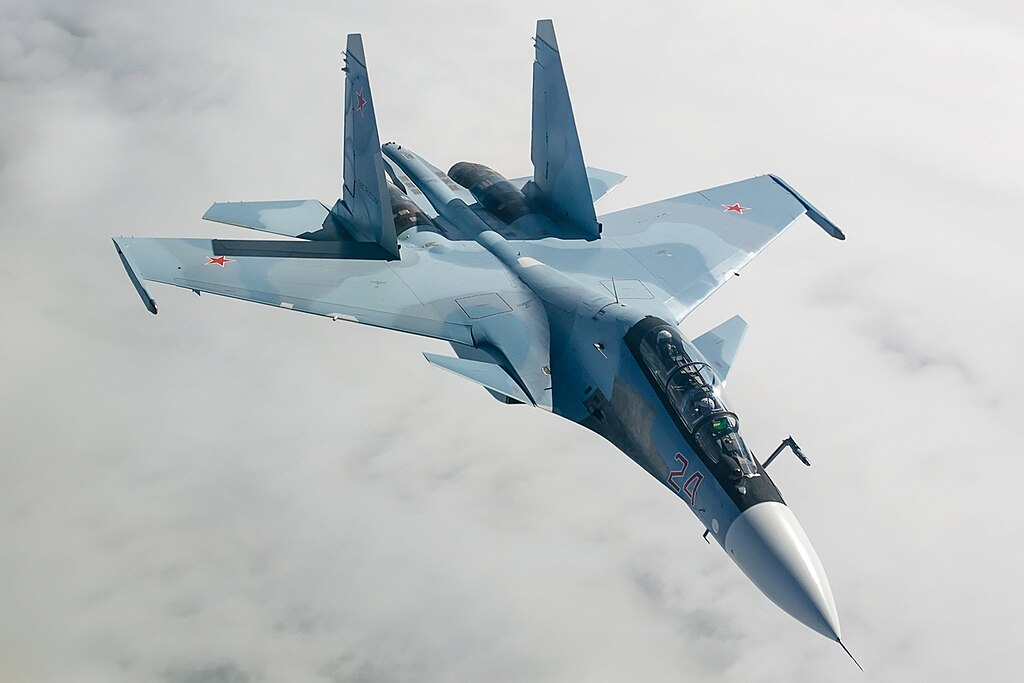
1. Lithuania’s 18-Second Airspace Breach
Two Russian aircraft – a Su-30 fighter and an Il-78 refuelling tanker – crossed from the Kaliningrad region 700 meters into Lithuanian territory, where they stayed for 18 seconds. Lithuanian radar detected the intrusion near Kybartai; two Spanish Eurofighters under NATO’s Baltic Air Policing mission reacted with an intercept. The Lithuanians suspect the aircraft was conducting a refuelling exercise, but Vilnius treats it as a premeditated provocation. Prime Minister Inga Ruginienė called Moscow “a terrorist state,” emphasising that even the shortest breaches have a political meaning.
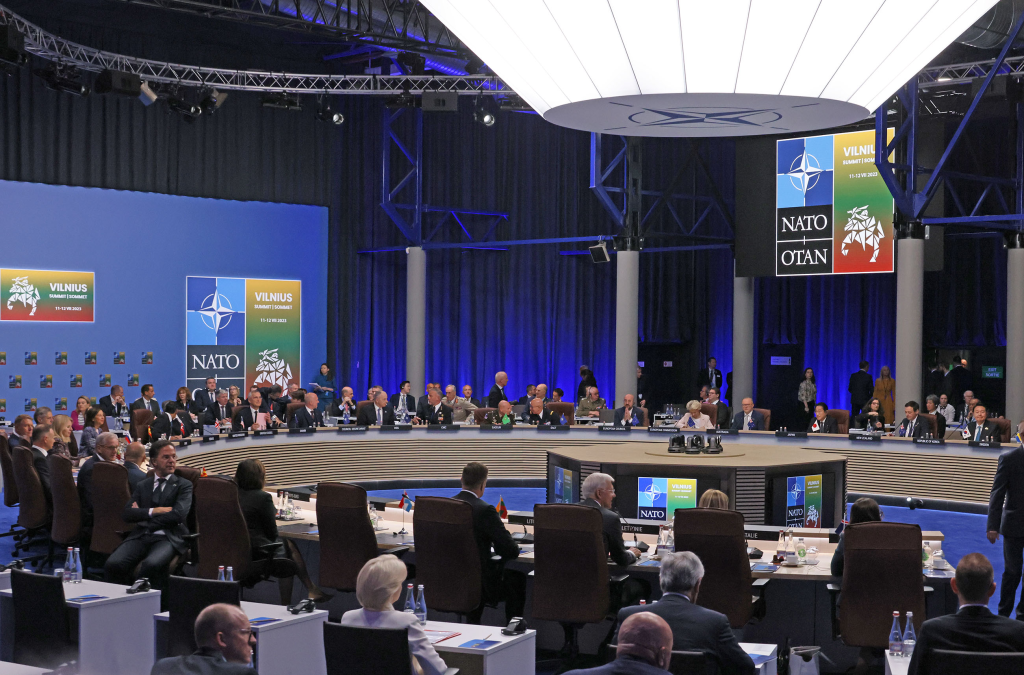
2. NATO’s Rapid Response in the Baltics
The Baltic Air Policing mission, staffed on a rotating basis by members of NATO, was ready, with Spanish jets arriving at the breach site in a matter of minutes. The incident was hailed by NATO officials as proof that the alliance could defend every inch of airspace. But this mission has taken on new importance, with the frequency of Russian violations rising, such as a 12-minute intrusion over Estonia last month that ventured perilously close to Tallinn.
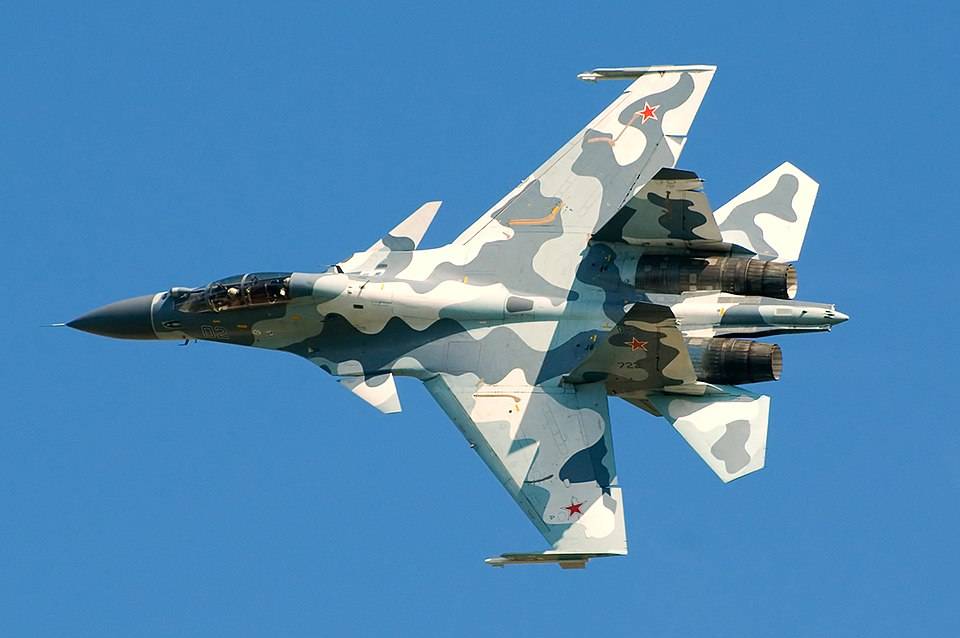
3. Russia’s Denial and Counter-Narrative
The Ministry of Defense in Moscow categorically denied the intrusion into Lithuanian airspace, saying its Su-30 fighter jets flew over Kaliningrad in accordance with plans and without any deviation from routes that had been laid out in advance. It insisted that the flights did not breach any rules of the air space, positioning Russia’s narrative as one of lawful military training. This counterclaim is part of a broader pattern in which Moscow denies Western accounts of border violations, framing them as misinformation or misinterpretation.
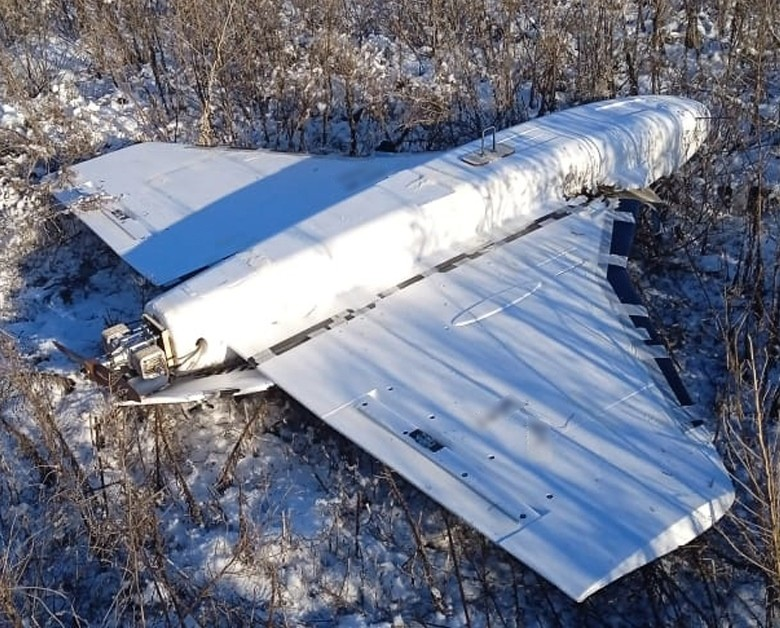
4. Growing Pattern of Airspace Violations
The Lithuanian breach is the latest in a string of incidents to have affected Poland, Romania, Denmark, Latvia, Estonia, and Lithuania. Earlier this month, upwards of 20 Russian drones crossed into Poland, prompting NATO jets to shoot some down-the first time the alliance has engaged Russian targets since the beginning of the war in Ukraine. Such incursions are seen by European leaders as elements of a hybrid warfare strategy designed to unsettle populations and test NATO’s operational thresholds.
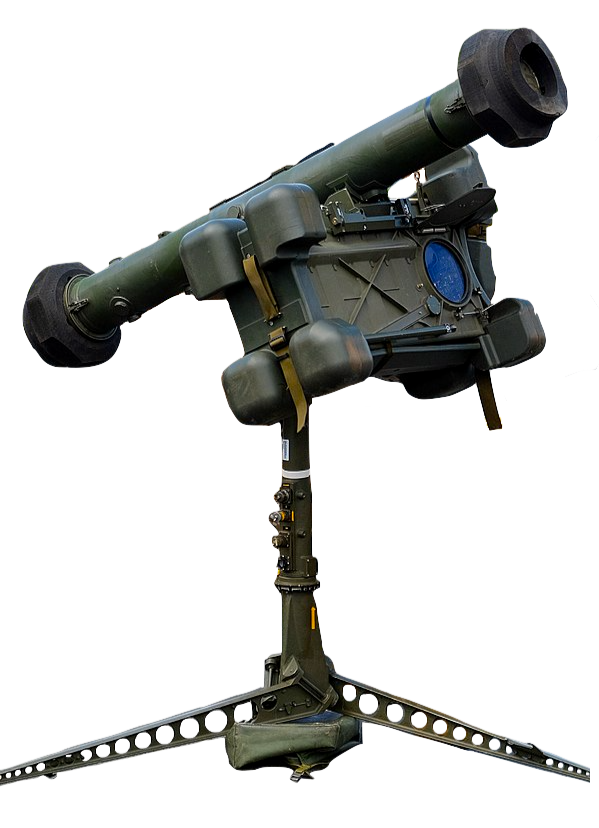
5. Lithuania’s New Rules for Engaging Drones
In late September, Lithuania granted its armed forces the green light to shoot down unmanned aerial vehicles violating its borders. The legal shift enables faster responses to threats, especially as drone incursions grow in sophistication. Training exercises have already incorporated Swedish-made RBS 70 NG surface-to-air missiles and heavy machine guns against high-speed drones, reflecting the move toward layered defense systems that can counter mass drone swarms.
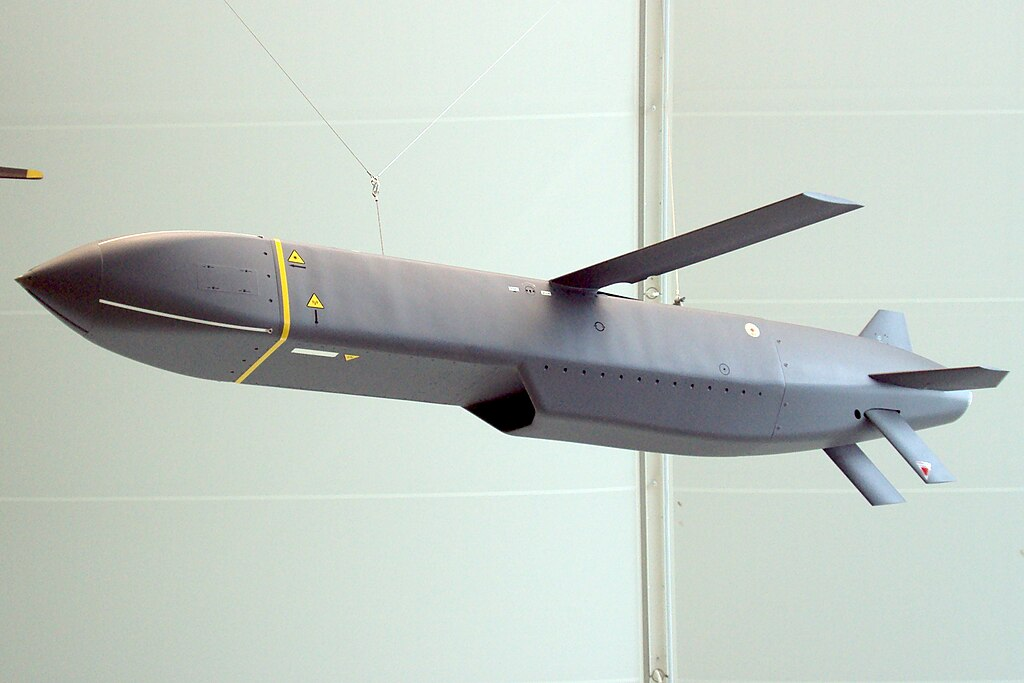
6. Ukraine’s deep strikes with Storm Shadow missiles
Recently, Ukraine has targeted the Bryansk chemical plant inside Russia with British-made Storm Shadow missiles; the plant reportedly produces gunpowder, explosives, and rocket fuel components crucial to Moscow’s war effort. Storm Shadows fly low to avoid radar, have a range of about 250 km, and strike hardened targets. Their deployment is an indication of Kyiv’s intent to disrupt Russia’s military-industrial base, even as it looks to longer-range systems such as U.S. Tomahawks.
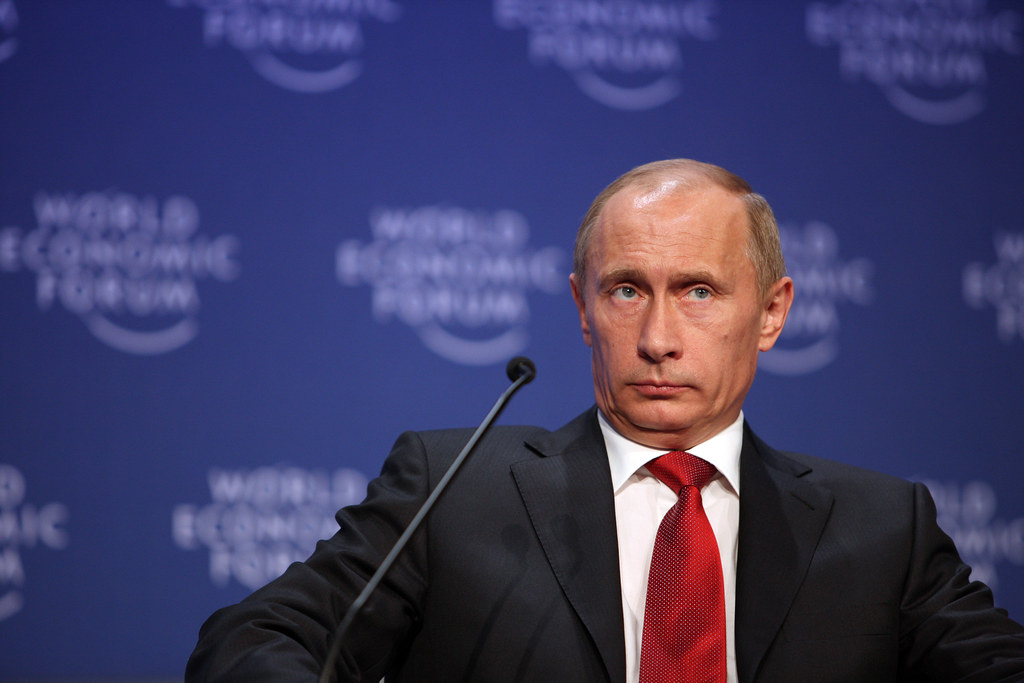
7. Putin Warns on Long-Range Missiles
Russian President Vladimir Putin warned Wednesday that any attack on Russia using Western long-range missiles would provoke a “very serious, if not overwhelming” response. His comments came after reports of changed U.S. policy on the use of missiles by Ukraine that President Donald Trump denied. The warning is part of Moscow’s broader deterrence messaging, aimed at discouraging NATO from enabling strikes deep into Russian territory.
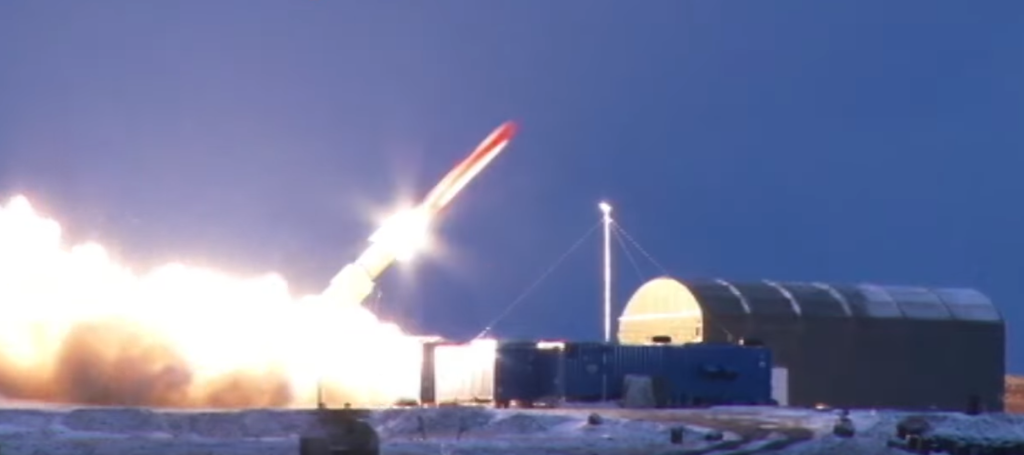
8. Burevestnik Nuclear-Powered Cruise Missile
Putin also boasted of the successful test of the Burevestnik, a c with an alleged range of more than 14,000 km. NATO calls it Skyfall. Powered up to 15 hours in flight, the missile’s erratic flight path is aimed at beating the defenses of land-based missiles. Western experts are skeptical, given the environmental and technical problematics, not least after a 2019 test explosion killed seven personnel and caused a radiation spike.

9. Trump’s Shifting NATO Posture
President Trump has veered between hawkish and cautious when it comes to NATO’s response against provocations by Russia. He publicly favored shooting down the Russian aircraft violating alliance airspace, yet held back from sending Tomahawk missiles to Ukraine, saying the U.S. needs them for its own stockpiles. His cancellation of a planned meeting with Putin in Hungary just reflects the uncertainty ongoing in U.S.-Russia diplomacy, even as sanctions on the Russian oil industry toughen.
The unlawful breach of Lithuanian airspace lasted less than half a minute, but it is symbolic of the fragile balance between deterrence and escalation in the relations between NATO and Russia. Each breach, each denial, and every military innovation contributes another piece to a complex security puzzle. For defense planners and political leadership, the task is to maintain readiness without crossing into open conflict a task increasingly made harder by both speed and unpredictability in modern warfare.


